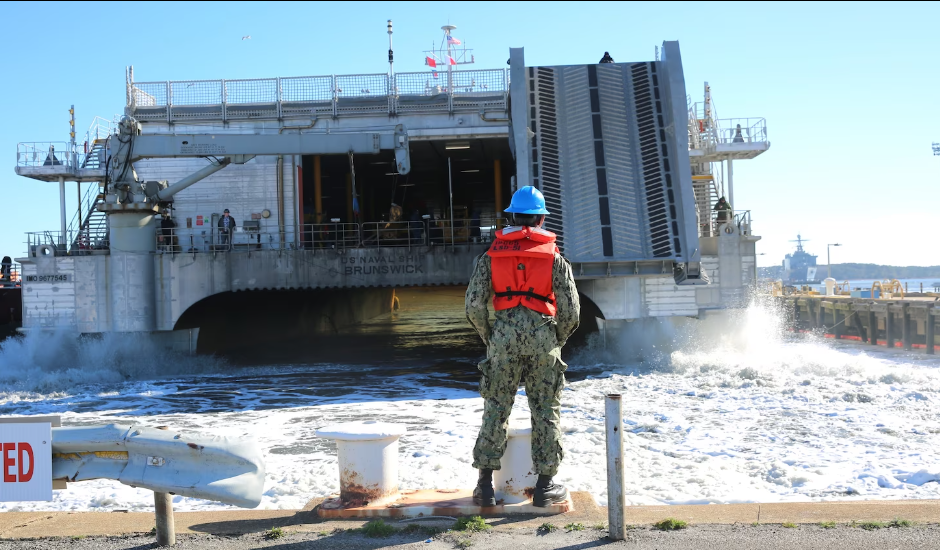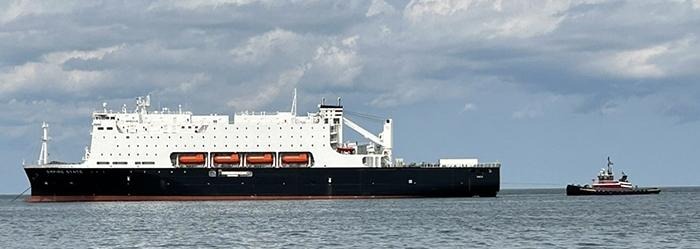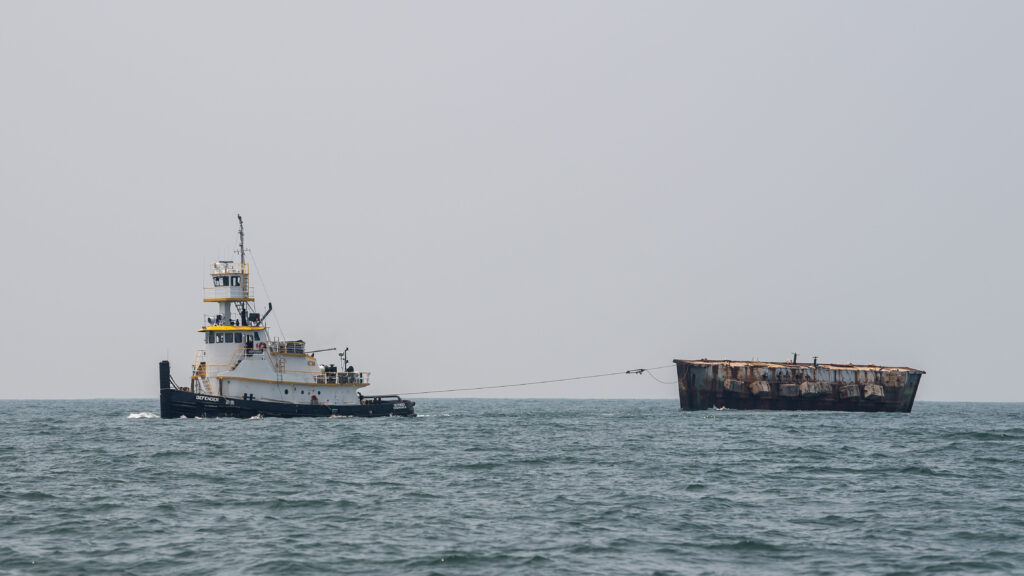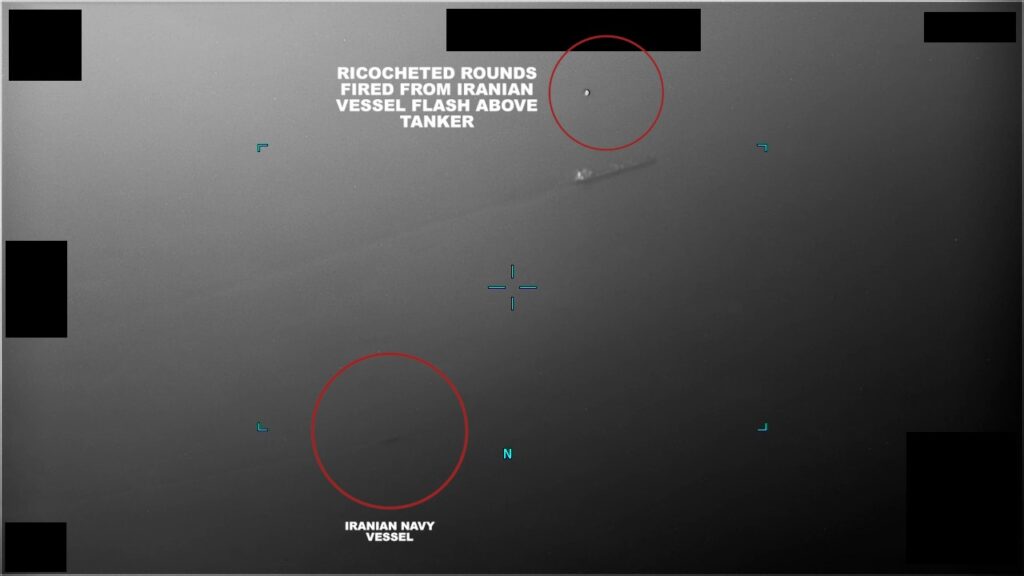U.S. 7th Fleet Holds Change of Command, Welcomes New Commander

By U.S. 7th Fleet Public Affairs, Feb. 15, 2024
YOKOSUKA, Japan – U.S. 7th Fleet held a change of command ceremony Feb. 15 at the Fleet Activities Yokosuka Theater.
Vice Adm. Fred W. Kacher relieved Vice Adm. Karl O. Thomas as the 54th commander of the world’s largest forward-deployed naval force, U.S. 7th Fleet.
“To the men and women of 7th Fleet, it has been my sincere honor to lead this forward deployed team as you demonstrated daily how professional navies operate to secure the maritime commons and uphold the rules based international order,” said Thomas. “To my counterparts in our ally and partner nations throughout the region, your professionalism and friendship has been the greatest reward as we operated as one seamless team. I remain inspired by your commitment to maintaining a free and open Indo-Pacific.”
Prior to commanding 7th Fleet, Thomas served as the assistant deputy chief of naval operations, plans, and strategy, a role Kacher also held. Thomas began his career as an E-2C Hawkeye aviator, and he commanded a carrier airborne early warning squadron, two aircraft carriers and the forward-deployed Carrier Strike Group in Japan. His follow-on assignment will be the deputy chief of naval operations for information warfare.
During the ceremony, Thomas emphasized the critical importance of his close relationships with fleet commander counterparts throughout the Indo-Pacific. Throughout his tenure, Thomas led numerous advanced dual-carrier operations, multilateral events, critical freedom of navigation operations, and Taiwan Straits transits, among other high-visibility exercises and operations with allies and partners from across the Indo-Pacific.
Vice Adm. Blake Converse, deputy commander, U.S. Pacific Fleet, spoke highly of Thomas’s visionary leadership and the importance of the rules-based international order in the Indo-Pacific.
“Our national command authority continues to recognize that this is the most important and consequential theater that we operate our forces in,” said Converse. “As such, we have grave responsibilities to deter aggression, to protect the international rules-based order, and to ensure freedom of navigation.”
Kacher began his career as a surface warfare officer aboard cruisers and destroyers. He was the first commanding officer of the Arleigh Buke class guided-missile destroyer USS Stockdale (DDG 106), and went on to serve as the commodore of Destroyer Squadron Seven, commander of Expeditionary Strike Group Seven; executive officer to the Supreme Allied Commander, Europe, and Commander, U.S. European Command; and chief of staff to Commander, Naval Surface Force, U.S. Pacific Fleet. He most recently served as the acting Superintendent of the U.S. Naval Academy.
“I could not be more humbled to lead the U.S. 7th Fleet,” said Kacher. “I am honored to re-join our forward deployed men and women as we operate combat credible naval forces in one of the most complex maritime regions in the world, and I look forward to engaging with our allied and partner navies in our shared commitment to a free and open Indo-Pacific.”
U.S. 7th Fleet is the U.S. Navy’s largest forward-deployed numbered fleet and routinely interacts and operates with allies and partners in preserving a free and open Indo-Pacific region.
For more news from Commander, U.S. 7th Fleet, visit https://www.c7f.navy.mil/.






